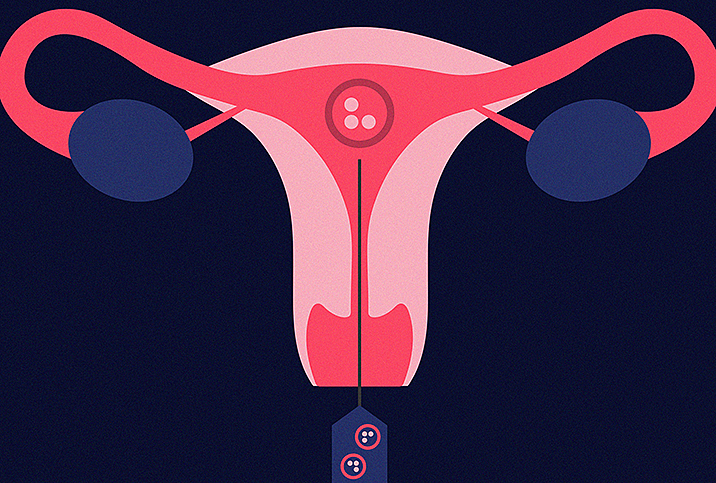Why Are Male Infertility Rates Rising?

As the world is beginning to come to terms with a global viral pandemic that emerged in late 2019, the last thing anyone wants to hear about is another epidemic, this one fertility-related. However, the past 50 years have seen inexplicable declines in male fertility that could well become the next global health crisis, one with links to pollution, climate change and the digital age.
Sperm counts have fallen
A study from Human Reproduction Update journal in 2017 indicated sperm counts had fallen drastically over the past 40 years, including by more than 50 percent from 1973 to 2011. A 1992 BMJ medical journal review of fertility research from 1938 to 1991 similarly indicated that sperm counts had indeed dropped notably over the 53-year period.
The evidence is bleak enough that notable epidemiologist Shanna Swan told British newspaper the Guardian that sperm counts for men worldwide could actually reach zero by 2045.
The gravity of this prediction is encapsulated in this one underlying statement: Adult men could be completely infertile within two decades and the human race's future may be in jeopardy.
Coined by scientists as the "Male Fertility Crisis," this drastic and little-understood epidemic seems to have crept up on us.
How did things get this bad?
As with any crisis, the first question is always, "How did this happen?" Some intriguing theories have emerged. Let's look at three potential answers, keeping in mind that these factors are not proven causes of fertility declines but are either possible associations or merely theories.
Microplastics & emissions
It's estimated that there are more than 150 million metric tons of plastic in our oceans, with another 8 million metric tons added each year. Here's another statistic for you: Scientists estimate there could be more than 710 million metric tons of plastic polluting the environment by 2040.
This affects men because when plastics break down in the environment, they become microplastics, or extremely small pieces of plastic. Microplastics have been found in the soil and in the atmosphere—in the very air we breathe—even in the remotest parts of the globe. Fish and other sea creatures are consuming microplastics, and they become part of the human food chain. But beyond that obvious connection, microplastics can be found in sugar, salt, honey, beer and alcohol.
As reported by the National Geographic Society, a study in the journal Environmental Science and Technology announced that it's possible each of us may consume between 39,000 and 52,000 microplastic particles a year, and as many as 74,000 to 121,000 particles annually when inhalation is included.
The general consensus is that microplastics pass through our bodies without harm, but these microplastics do contain chemicals such as bisphenol A that may induce damage to male sperm and have been scientifically proved to be a hindrance to men trying to reproduce.
Rising temperatures
One of the reasons testicles are on the outside of men's bodies is because they need to remain at a cool 93 degrees Fahrenheit to keep sperm healthy. Given that Earth's average temperature has risen steadily over the past 40 years—by a little more than 2 degrees F—it's been speculated that climate change is at least partially responsible for the drop in sperm counts seen in Western countries.
Since recent global temperatures seem to be increasingly hotter—the last seven years are the warmest on record—fertility researchers hypothesize the current heatwave trend could negatively affect the male reproductive system moving forward.
Electronics & the Western lifestyle
The United States, Australia and Europe have the most statistically significant sets of data indicating that sperm counts have halved in the past 40 years. Yes, associated lifestyles may well be a potential culprit, but the widespread use of electronics is now emerging as an associated problem.
Even though scientists know electronics have been gradually increasing scrotal temperatures for decades, they haven't yet been able to disprove that electromagnetic waves created by these devices could be compounding with temperature as a factor for male infertility and a decrease in sperm quality.
Room for improvement
There's little doubt that the planet might be a better place if we all paid a little more attention to major issues such as microplastics, climate control, and the effects of lifestyle and electronics use. And since all three of those crises affect sperm counts, working toward solutions for one or all of them could solve the biggest crisis of all: the continued health of the human population.


















